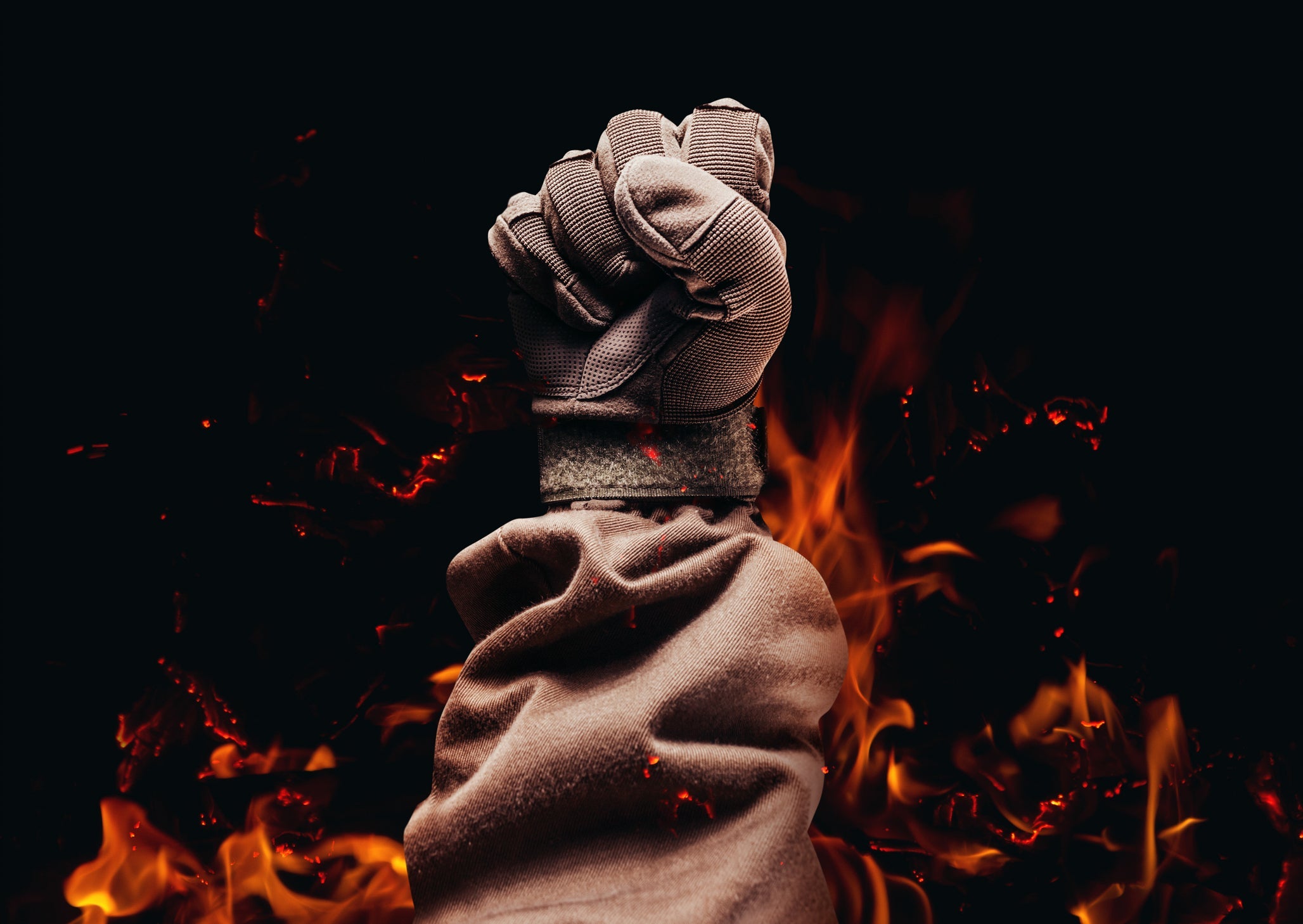When it comes to handling high temperatures in various settings—be it in the kitchen, at the grill, or in industrial environments—selecting the appropriate heat-resistant gloves is crucial for safety and efficiency. This guide delves into the key considerations for choosing the best heat-resistant gloves, tailored to different applications.
Understanding Heat-Resistant Gloves
Heat-resistant gloves are designed to protect hands from extreme temperatures, preventing burns and other heat-related injuries. They are essential in environments where individuals are exposed to high heat, such as cooking, grilling, welding, or industrial processes.
Key Factors to Consider
-
Material Composition
-
Aramid Fibers: Materials like Kevlar are renowned for their heat resistance and durability, making them suitable for high-temperature applications.
-
Silicone: Offers excellent heat resistance and provides a non-slip grip, ideal for handling hot cookware or grill grates.
-
Neoprene: Known for its flexibility and heat resistance, neoprene gloves are often used in both kitchen and industrial settings.
-
-
Heat Resistance Level
- Assess the maximum temperature the gloves can withstand. For instance, some gloves are rated up to 700°F, suitable for most cooking and grilling tasks.
-
Dexterity and Grip
- Ensure the gloves allow for sufficient hand movement and a secure grip, especially when handling tools or delicate items.
-
Cuff Length
- Longer cuffs provide additional protection to the wrists and forearms, which is beneficial when reaching into ovens or over grills.
-
Specific Use-Case
- Choose gloves designed for your specific needs, whether it's for barbecuing, baking, welding, or industrial use.
Top Recommendations
-
Grill Armor Gloves
-
Material: Aramid fibers with silicone grip
-
Heat Resistance: Up to 932°F
-
Features: High dexterity, non-slip grip, suitable for grilling and kitchen use.
-
Availability: Grill Armor Gloves
-
-
Wells Lamont Industrial Heat-Resistant Gloves
-
Material: Kevlar blend
-
Heat Resistance: Up to 700°F
-
Features: Designed for industrial applications, offering high durability and protection.
-
Availability: Wells Lamont Industrial
-
-
Comsmart BBQ Gloves
-
Material: Aramid fibers with silicone strips
-
Heat Resistance: Up to 1472°F
-
Features: Extra-long cuffs for added protection, suitable for grilling and baking.
-
Availability: Comsmart BBQ Gloves
-
Conclusion
Selecting the right heat-resistant gloves involves evaluating the specific requirements of your tasks and understanding the protective features of various materials. Prioritizing safety, comfort, and functionality will ensure that you choose gloves that not only protect you from high temperatures but also enhance your performance in heat-intensive activities.
FAQs
-
What materials are best for heat-resistant gloves?
- Aramid fibers (e.g., Kevlar), silicone, and neoprene are commonly used materials known for their excellent heat resistance.
-
Can I use the same heat-resistant gloves for cooking and industrial work?
- It's advisable to use gloves specifically designed for each environment, as industrial gloves may lack the dexterity needed for cooking, and vice versa.
-
How do I clean and maintain heat-resistant gloves?
- Follow the manufacturer's instructions, which typically involve hand washing with mild detergent and air drying.
-
Are thicker gloves always better for heat protection?
- Not necessarily. While thickness can provide more insulation, it may reduce dexterity. Balance is key.
-
Do heat-resistant gloves protect against cuts as well?
- Some gloves offer both heat and cut resistance, especially those made with Kevlar. Check the product specifications to ensure they meet your safety requirements.

